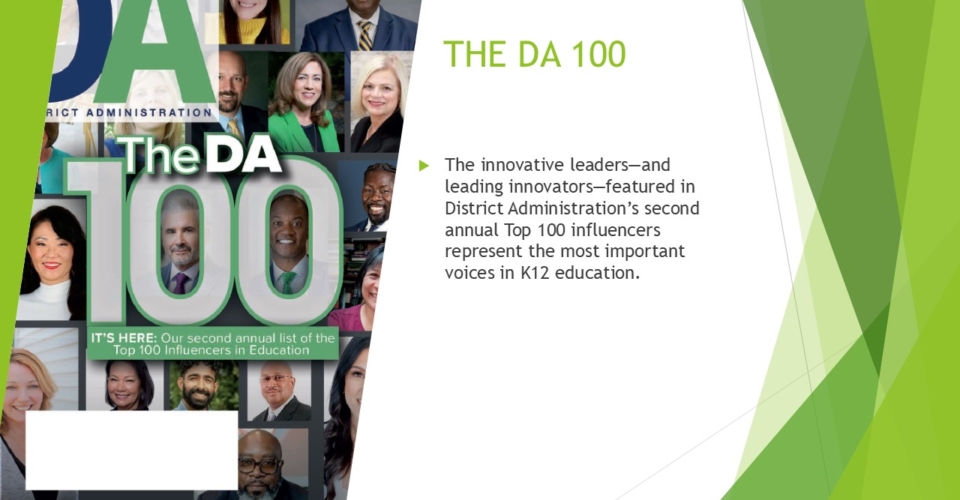The concept of the warm demander has gained significant traction in the educational space, particularly within the framework of culturally responsive teaching. A warm demander embodies a pedagogical approach that combines empathy, high expectations and a nurturing environment to facilitate optimal learning outcomes for students from diverse backgrounds.
The term “warm demander” has emerged as a powerful educational paradigm, reflecting a pedagogical philosophy that transcends traditional teaching methods. Coined by educational scholar Lisa Delpit in her seminal work “Other People’s Children,” the concept of the warm demander embodies a nuanced approach to instruction that blends warmth, high expectations, and cultural responsiveness.
At its core, the warm demander ethos recognizes the importance of establishing authentic connections with students while challenging them to excel academically and personally. I am so proud to work in a district, New Bedford, Massachusetts, led by Superintendent Andrew O’Leary, who is driven to raise student accountability, and Deputy Superintendent Darcie Aungst, who models being a warm demander and empowers and emplores our leaders to do the same.
Listen to DA: ‘Talking Out of School’ podcast launches with our first guest, Randi Weingarten
Understanding what it means to be a warm demander necessitates a holistic exploration of the qualities, practices and beliefs that characterize this pedagogical archetype. By delving into the intersection of empathy, authority, and cultural competence, educators can unlock the transformative potential of the warm demander approach in addressing the diverse needs of students.
This article embarks on a comprehensive journey to unravel the dynamics of warm demanders, shedding light on their roles as advocates for social justice, champions of equity, and architects of inclusive learning environments.
Warm demanders set ambitious goals
Warm demanders approach their interactions with students with openness, humility, and a willingness to learn from their experiences. By demonstrating genuine care and concern for their students’ well-being, warm demanders create a supportive environment where students feel valued, respected and motivated to engage in learning.
Simultaneously, warm demanders uphold high expectations for student achievement, recognizing and nurturing the potential within each learner. This aspect of the warm demander ethos aligns with the concept of “demandingness”—the belief that all students are capable of success and deserve rigorous, intellectually stimulating instruction. Warm demanders set ambitious goals for their students, challenging them to stretch beyond their comfort zones and persevere in facing challenges. However, these expectations are accompanied by the necessary supports and scaffolds to ensure students have the resources and guidance they need to succeed.
Another critical dimension of the warm demander framework is its emphasis on cultural responsiveness and equity. Warm demanders recognize students’ cultural assets and strengths to the learning environment, leveraging these resources to enhance instruction and promote meaningful learning experiences. They actively seek to understand and honor students’ diverse backgrounds, experiences and perspectives, incorporating culturally relevant content, pedagogies and assessments into their teaching practice. Moreover, warm demanders advocate for equity and social justice, challenging systemic inequities and creating inclusive educational spaces where all students can thrive.
A promising path forward
Key strategies for implementing the warm demander approach in practice:
- Build authentic relationships: Cultivate genuine connections with students based on trust, empathy and mutual respect. Take the time to learn about students’ interests, backgrounds, and aspirations, and demonstrate a genuine interest in their well-being.
- Set high expectations: Communicate clear, ambitious goals for student learning and hold students accountable for meeting these expectations. Provide support and scaffolding to help students reach their full potential and celebrate their successes.
- Integrate cultural relevance: Infuse instruction with culturally relevant content, pedagogies and assessments reflecting students’ experiences and cultural backgrounds. Incorporate diverse perspectives into the curriculum and create opportunities for students to see themselves reflected in their learning.
- Foster inclusive environments: Create a safe, inclusive learning environment where all students feel valued, respected and supported. Address issues of bias, discrimination and inequity proactively, and promote a culture of belonging for students from all backgrounds.
- Advocate for equity: Challenge systemic barriers to educational equity and advocate for policies and practices that promote fairness, justice and opportunity for all students. Work collaboratively with colleagues, families and community members to create a more just and equitable education system.
- Provide support and guidance: Offer individualized support to students struggling academically or emotionally, providing extra help, resources or accommodations as needed. Create peer collaboration and support opportunities, fostering a sense of community and belonging among students.
- Model empathy and respect: Demonstrate empathy and understanding towards students’ perspectives, experiences and challenges. Model respectful behavior and positive communication in your interactions with students, colleagues and others in the school community. Create a mutual respect and trust culture where students feel valued, heard, and respected for who they are.
- Continuously reflect and grow: Engage in ongoing reflection and self-assessment to evaluate your teaching practices and their impact on students. Seek feedback from students, colleagues, and mentors to gain insights into your strengths and areas for improvement. Stay open to learning and adapting your approach based on the needs and feedback of your students and the changing dynamics of the learning environment.
A warm demander approach represents a robust drive for fostering inclusive, empowering learning environments that meet the diverse needs of students. By embodying warmth, high expectations and cultural responsiveness, educators can create transformative educational experiences that enable all students to succeed.
As we strive for educational equity and excellence, the warm demander approach offers a promising path forward that honors students’ identities, cultivates their talents and empowers them to realize their fullest potential. Through ongoing reflection, collaboration and action, educators can embrace the role of warm demanders and create positive change in the lives of their students and communities.



